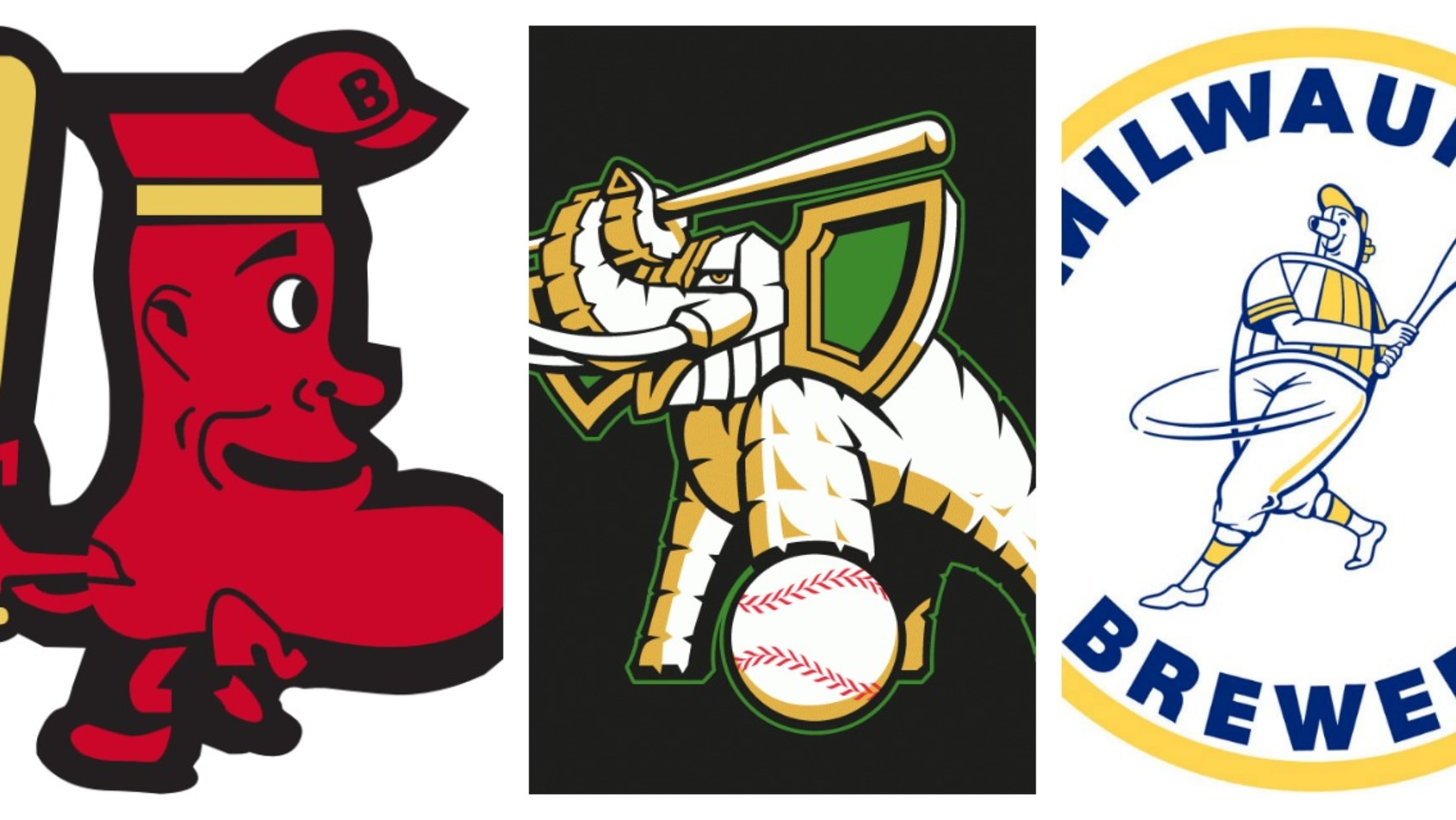Here's the real story of Babe Ruth's 587-foot Tampa home run

Babe Ruth has hit a lot of home runs. He's called them, he hit one into a pond of hungry alligators in Arkansas, he hit one clear out of a prison yard in upstate New York. But when you Google search "Babe Ruth's longest home run," there's one that pops up before all of the others: The Red Sox slugger's mammoth blast at Tampa, Fla.'s Plant Field -- exactly 100 years ago today.

Newspapers fawned over the dinger the next day. The Tampa Morning Tribune called it a "wallop stupendous," which is a phrase that I will now use to describe every home run hit from here until eternity.
The most descriptive account, though, came from opposing Giants manager and baseball lifer John McGraw. He talked about the moment in an autobiography years later, likely prompting that plaque seen near the field today.
"I didn’t believe it possible for a man to hit a baseball as far as that. He caught the ball squarely on the nose and it started like an ordinary long fly. Instead of coming down, though, it kept rising. “My God,” exclaimed one of the players, “where is that ball going?” The drive cleared the field, a race track and then the fence. Interest in its length was greater than in the game itself. For the rest of the game that was all we talked about. To be sure of its length a party of newspaper men and players went out and measured the distance accurately. The ball had traveled 587 feet. Mind you, that is just thirteen feet short of two hundred yards! Can you imagine such a drive? That hit by Ruth would have cleared the bleachers and the center-field fence in the Polo Grounds. It was easily the longest hit I ever saw, or ever expect to see."
But was it actually 587 feet? Can a human -- even a giant human like Babe Ruth lugging a 56-ounce bat -- hit a baseball that far?
Well, historians Bill Jenkinson, Tim Reid and crew investigated the true distance to tie into the centennial celebration of the homer this week. They combed hundreds of newspaper accounts from the days afterward and found that the majority of the stories put the actual distance in the 550-560 foot range -- with the Boston Globe's Mel Webb having the most accurate depiction. He was the only writer to actually go out and measure the distance of the ball from home plate. Webb walked all the way out to right-center field, foot after foot, to where, for some reason, a security guard had marked the ball's final resting spot with a pile of stones.
“I measured the distance covered by Babe’s homer yesterday, making it in 179 strides of slightly more than a yard. The boost was certainly better than 540 feet.”
In a later article that month, Webb gave the homer an exact measurement of 550 feet. In a season wrapup, he said that he "measured the distance three times, and found the length of the ‘carry’ was 551 feet." And then, finally, 29 years later, The New York Times confirmed most of Webb's account with a much clearer picture of the day.

There it is: 552 feet and 8 inches. And not only did Jenkinson, Reid and his team scour centuries-old periodicals, they also went to the site of Plant Field -- which is now University of Tampa's football stadium -- and measured the distance using old photographs and Webb's estimations. It indeed made sense. Here's a sketch of the dinger looking extremely ridiculous in a modern-day photograph. And a shot of the shot from back in 1919.

Although the Plant Field plaque exaggerates Ruth's homer by more than 30 feet, a 552-footer is still quite a poke. Ruth reportedly told the Boston Globe that it was the longest he'd ever hit and, along with his offensive performance in Arkansas the previous spring, helped solidify the thought that he was a stronger hitter than pitcher (500-foot homers will do this).
The 24-year-old went on to break baseball's single-season record for home runs with 29 in 1919 and never pitched full-time in the big leagues again. He hit 54 homers the next season and 59 the year after that. His "longest home run" catapulted him into superstardom.
If this all sounds ridiculous to you, it is. If it sounds like folklore, some of it very well may be. Such is the life of George Herman Ruth.






